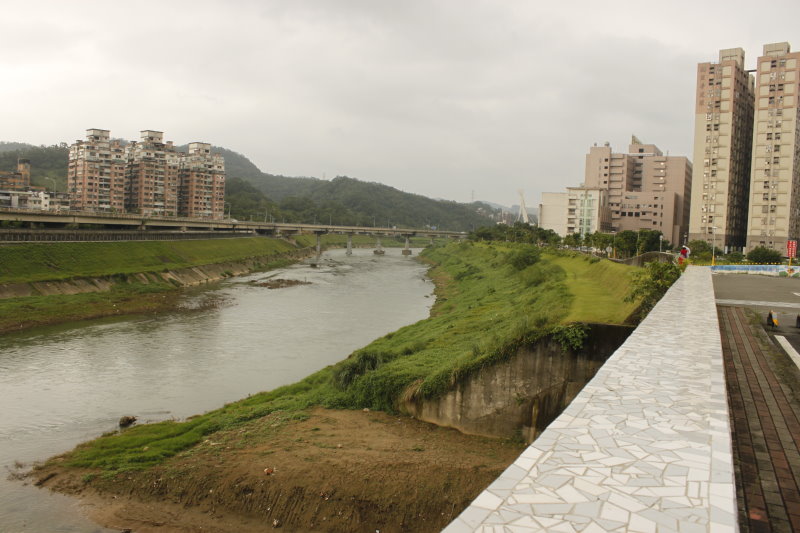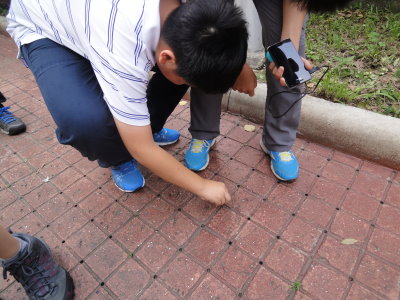Resources
★Transcripts:
1.Xizhi Interview Transcripts
2.Water Resources Agency Transcripts
3.Mr. Jui-Wen Chen Interview Transcripts
4.Mr. Shen-Hsien Chen Interview Transcripts
Xizhi Interview Transcripts
Interviewee: Ms. Ling-Yu Fu, Director of Limen Village Zhongzheng Community Development Association
Interviewers and organizer: all research team members
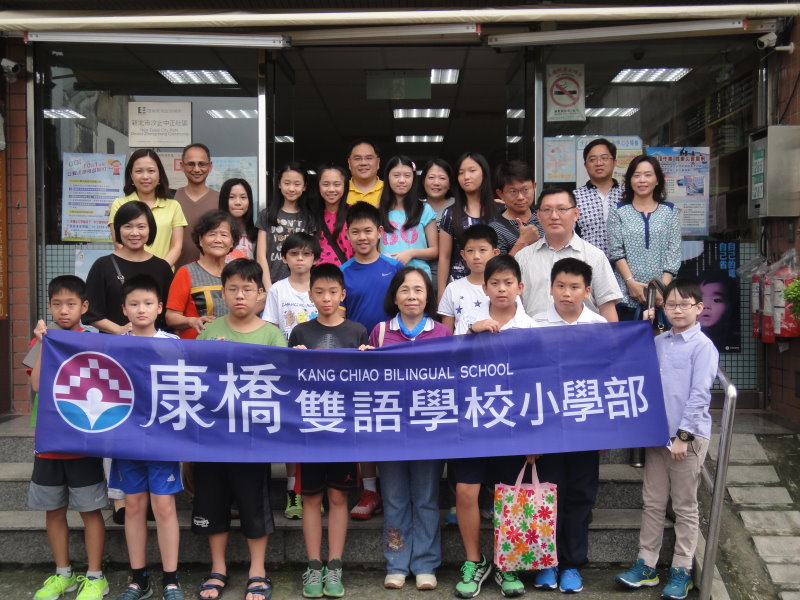
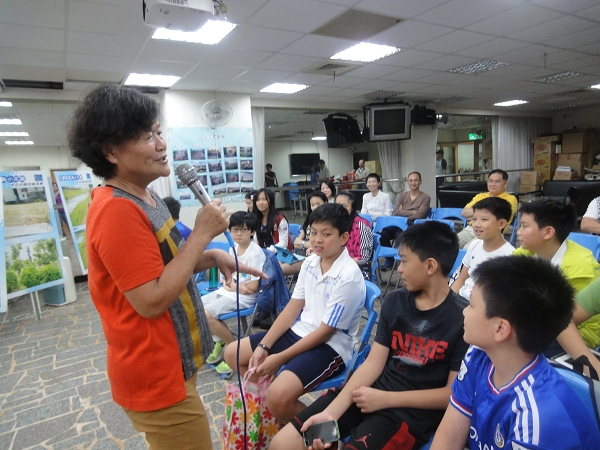
(1)What is special about Zhongzheng Community in Xizhi Limen Village?
Our community is located along Zhongzheng Road in Limen Village. Zhongzheng Road is the smallest road in Taiwan, but it was also the earliest to be developed and suffered the most decline since. Many beautiful houses were built here when the community first came to be. However, what left in our community later were old houses and elderly people. The condition of the houses were not good, so we took over the management of these buildings. As you can see, we then planned and rebuilt the community with green housings and low carbon footprint in mind. This process took the cooperation and combined resources of the community to finish.
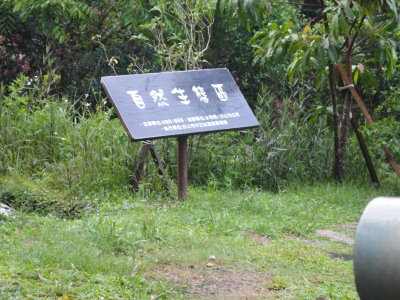
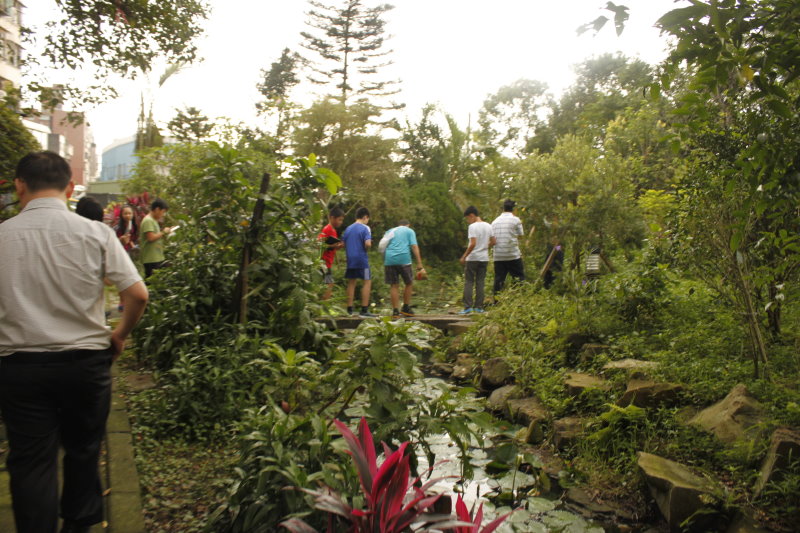
(2)How did you build the run-down Xizhi Limen Village into a low carbon footprint community?
You should all know by now that Xizhi faced flood after flood in the past. There was one time that the flood reached an incredible height near the ramp to the highway. Do you know when did it happen? It was during Typhoon Xangsane in 2000, over the course of a day, the water reached the second floor. The flood caused by Typhoon Nari in 2001 was even higher, by about 25 cm. As the Borough Chief of Limen Village at the time, I experienced the aftermath of 5 floods in 4 years and the waterline got higher and higher each time. Every time after the flood, I couldn’t go back home for days and had to live with piles of trash for a long time. I also needed to listen to people’s complaints and their needs. We had a real crisis on our hand.
So I decided to turn the crisis into an opportunity and wondered where I should start the change. How about starting from this narrow alley? Kids used to call the place haunted. We purposed using this alley in our meeting and the decision was made. People began the change for our community. Some painted the walls, and some boarded up the holes.
We used water bottles as flower pots to decorate the wall of this old building. Then the ChinaTimes saw us, saying that was an European Style Window. It was impressive to see the design 15 years age as no one had tried it before. Soon after, other media came, and many people visited this small wall. Like this, we built our green community one bit at a time.
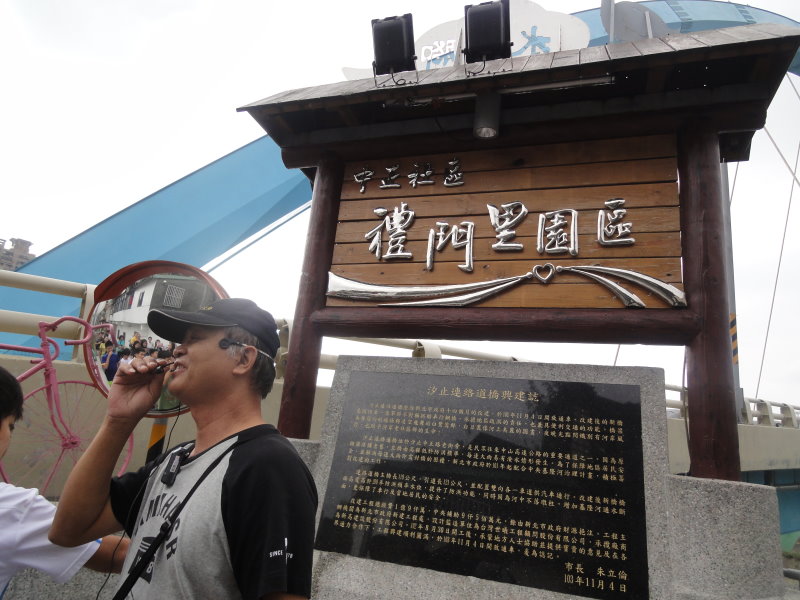

(3)Is the green alleyway a public land or private land?
It is a private land. We negotiated with the people. If they were to plant flowers or vegetables on their land, we asked them to take care the land well. It people decided not to use the land, the community would take it over and make the best use for the land. As we can see in these before and after photos, people in our community and other volunteers helped build the new community, all done without the help from the government. Turing a crisis into an opportunity, unifying everyone’s focus, and changing a run-down village to a green community, how did we accomplish so much? It was due to the combined efforts from all the people in the community and a group of organized volunteers. Look at this woman, she said she could plant the flowers and the trees in such way, and I said go ahead, join us. She then said it was too heavy for her, and others around said if she would like the help from their son. I said fine and asked the woman if she wanted the help from this man’s son or the other. Like this, we worked together, and the result quickly showed.
Now all the land between the community and the embankment is covered with greenery and becomes the “Green Alley.” We then negotiate with the government to adapt the hydrological land, and we helped make the land green, too.
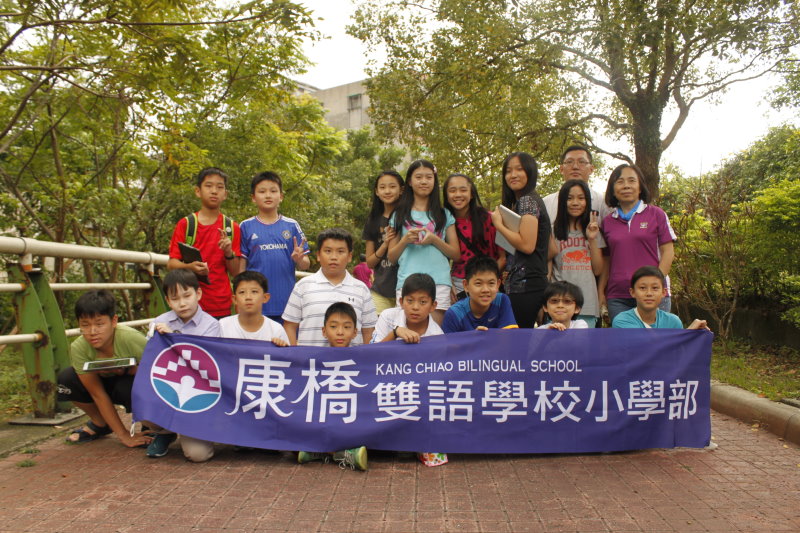

(4)Who’s in charge of the cleaning the community?
So you can the man who just gave you a tour in the community. Everyone has the same role in our community. So if you visitors want to listen to what I have to say, why don’t we sit across each other and we can chat.
You saw the people here, but what about the cleaning the Keelung Beach? You see, we climbed down the rocks to the beach. We had to cross two rivers to get to the beach to pick up the trash, and we had to climb back up the rocks to come back. You can see how much we love our community.
You can see that place down where the train station is, where that that truck parks. Looking down the beach from that place, you can see there are trash bags everywhere. Without the roads, our volunteers did that. When it rained they would just wear bamboo hats and trash bags as raincoats, hoping that they could keep their backs dry. After a typhoon, usually, other places asked the district offices to help cleaning up the streets. Not us. Once the typhoon was gone, the volunteers would come in and begin cleaning. We had never asked others to help putting up the downed trees. We did it all by ourselves and put them back to exactly where they were.
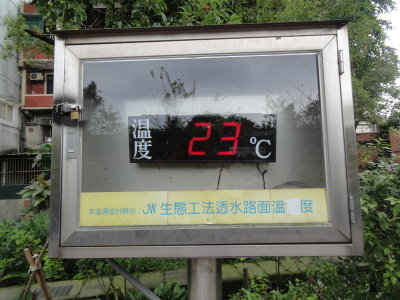
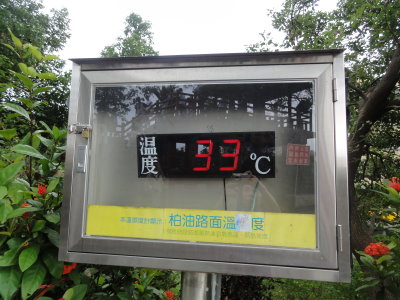
(5)What were the conditions to adapt the hydrological land at the time?
I was in charge of doing that. Do you know the conditions the government set for us? We could take charge of the land, but there wouldn’t be any budget for us. Also, the government could take back the land at any time. Usually, people wouldn’t take this deal, but we did. The reason for that is though the land belongs to the government, we see it as part of our community. Therefore, if we were to make our community better so that others could come and visit, this was the deal we would take.

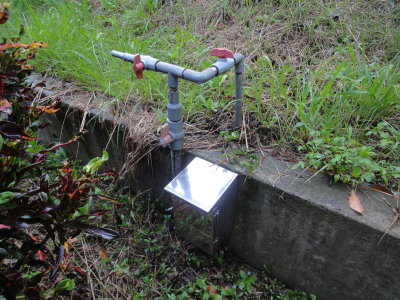
(6)What part of the community that you planned for the hydrological land?
It became the ecological section that you just visited. Did you see these two bridges? Have you walk across them yet? I found the old wooden railroad ties in the train station to make the bridge, so it looks really nice now.
Yesterday, I saw many lotus flowers starting to bloom. Later, I’ll show you the photos of the place before we developed it. I opened up a small canal to guide water here. Once water got here, many creatures like the channeled apple snail and butterflies started to move in. The ecosystem began building up, and incredibly, even frogs move in as well.
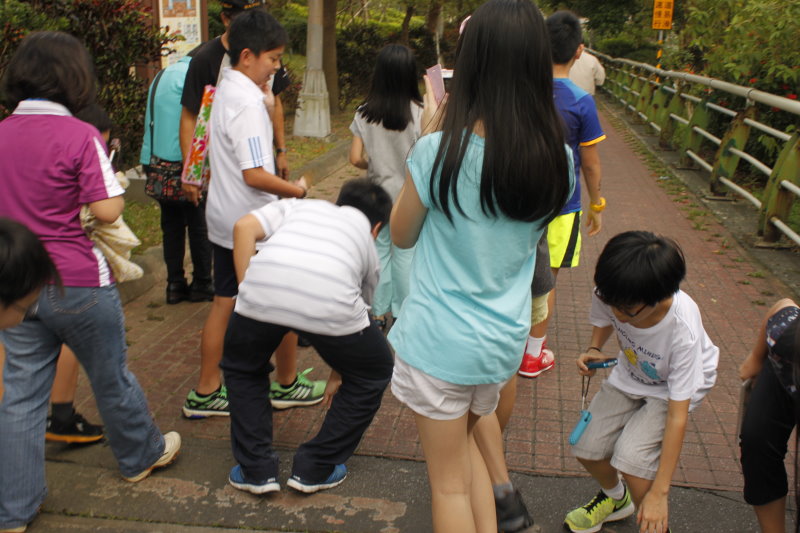
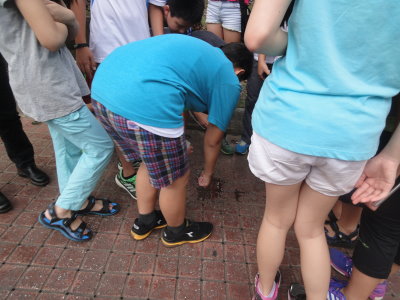
(7)Why did you choose to use the sponge road? What were the considerations? Do you simply want it or actually need it?
You can see there are lots of trees and flowers in our community, right? What did we need the most? A water source. What happen if we didn’t have water? Well, the Borough Chief had to take water from the Keelung River. From there, we used a ¼ HP pump to pump water to here, then theret and then up there, to the road over there, and eventually to the ecological section. A total of 400 meters, crossing two rivers in one hour. Did that four times, a total of four hours. After four hours of pumping, we couldn’t even get more than two tons of water. That’s why it was so painful. Therefore, after we got the grant, we then thought about having a breathable sponge road to solve our problem of water shortage.
The sponge road is meant to build a “water bank” beneath the road. The Environmental Protection Administration was promoting the “water bank” at the time. However, the EPA’s concept asked people to put a 300 liter tank in front of their house. The tanks, with its label, were big, too, like fearing no one would ever notice them at all. I could see the giant tanks even without my glasses on.
But such a big tank could only contain 300 liters of water. If every household here had a tank in front of their house, we are afraid that the tanks would get filled up very quickly and got used up almost immediately. Plus, wouldn’t it just look awful to have so many tanks lying around in our community? We had so many trees, needing a lot of water, therefore, having a hidden water storage is our main concern, and the sponge road provided us exactly that.
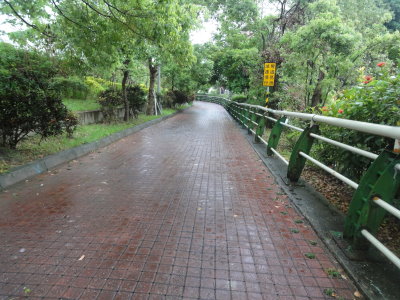
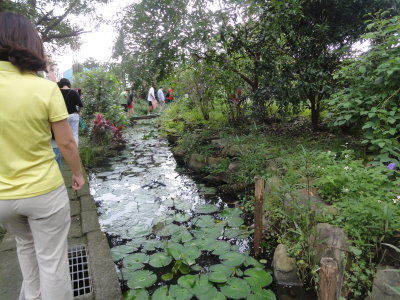
(8)Why is it whenever people mentioned the breathable road, they would think about Limen Village?
When the paving began, I was there everyday to monitor the progress. They worked for a year, and I was there monitoring twice a day, for a year, not a day off. After the road was paved, I checked the quality of the work everyday, to see if it actually word as well as what the contractor said. So as you can see, I measured and tested all these data myself. Not even the contractor has the information, they got it from me. This December, he needed to go to France for a report, using my data because of the six assessments and evaluations I did. For your competition, I can give you the data for your use.
Everyone, please look closely, it is the long term effects that counts, not what it achieves. I was in a meeting with the Mayor of Taipei City Wen-Le Ko, Mr. Ko said the breathable roads like ours had existed in Taipei City for 15 years, and we only had it for 4 year. How could nobody know about about their 15-year-old roads but everyone knows about ours, existed for only 3 to 4 years? I responded that the once the City of Taipei thought they had achieved something, they closed it down. It was all a show for the government. Here, we wanted the long term effect, so we watched it closely year after year. Thus, the long term effect was recognized by the international community. As a result, every time people mentioned the sponge road, they would immediately think of the breathable road in Xizhi Limen Village.
